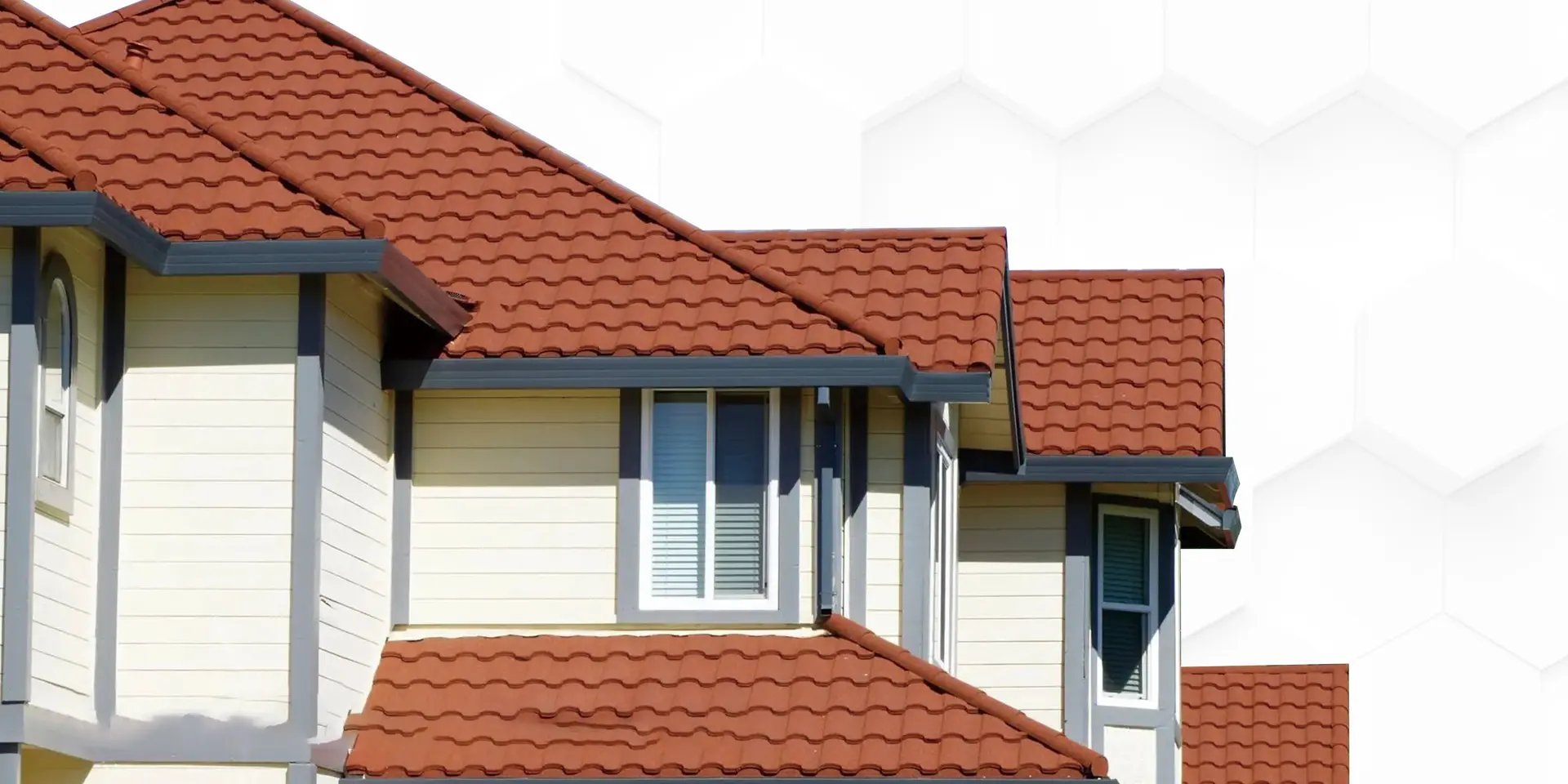
ספט . 22, 2024 23:53 Back to list
asphalt shingles installation
Installation of Asphalt Shingles A Step-by-Step Guide
Asphalt shingles are a popular roofing material due to their affordability, versatility, and ease of installation. Whether you're a DIY enthusiast or hiring a professional, understanding the installation process is crucial for achieving a durable and attractive roof. This article will guide you through the key steps involved in installing asphalt shingles.
1. Preparation
Before beginning the installation, it’s essential to prepare the roof deck. Ensure that the surface is clean, dry, and free from any debris. Inspect for any damaged boards and replace them as necessary. Check the slope of the roof to ensure it meets the manufacturer’s recommendations for asphalt shingles, typically a minimum pitch of 212.
2. Underlayment
Installing an underlayment is a vital step in protecting your roof. Felt paper or synthetic underlayment should be rolled out horizontally, starting at the eave and working upwards. Overlap each row by about 4 inches to provide a watertight seal. Secure the underlayment with roofing nails, placing them every 6 to 8 inches along the edges.
3. Starter Course
The starter course is crucial for creating a solid foundation for the shingles. Use a starter strip designed for asphalt shingles or cut down regular shingles to create a uniform edge. This course should be installed flush with the eave, ensuring that it overhangs slightly (about 1/4 inch) for effective water runoff. Secure the starter course with nails, ensuring they are placed just above the adhesive strip.
asphalt shingles installation

Begin installing the first row of shingles, overlapping the starter course. Align the shingles so that the tabs hang down evenly. Use four or five nails for each shingle, placing them just above the adhesive strip and not too close to the edges to avoid leaks. For the next rows, stagger the shingles to create a more robust bond and prevent water infiltration. Typically, stagger by a single tab length between rows.
5. Ventilation and Flashing
Proper ventilation is key to extending the life of your roof. Ensure that ridge vents or other ventilation systems are installed properly. Additionally, install flashing around chimneys, vents, and valleys to prevent water damage. Use compatible flashing materials to ensure durability and effectiveness.
6. Final Inspection
Once all the shingles are installed, conduct a thorough inspection. Check for any lifted shingles, misaligned pieces, or exposed nails. Address any issues promptly to prevent leaks and ensure the longevity of your roof.
Conclusion
Installing asphalt shingles can be a rewarding project when approached systematically. By following these steps and paying close attention to detail, you can achieve a beautiful and functional roof that enhances the curb appeal of your home while protecting it from the elements. Remember, safety first—if you’re unsure or uncomfortable with the process, don’t hesitate to seek professional help.
-
How Many Bundles of Asphalt Shingles in a Square? Fast Roofing Guide & Tips
NewsJul.07,2025
-
How Long Should a Cedar Shake Roof Last? Expert Guide & Replacement Options
NewsJul.06,2025
-
Premium Expensive Shingles Enhance Your Roof with Lasting Durability and Style
NewsJul.06,2025
-
Roof Shingle Construction Durable & Cost-Effective Asphalt Roof Solutions
NewsJul.06,2025
-
Premium Red 3 Tab Roof Shingles for Durable, Stylish Roofing Solutions
NewsJul.05,2025
-
Ceiling Clay Tiles Price - Affordable, Durable & Aesthetic Clay Ceiling Tile Solutions
NewsJul.05,2025







